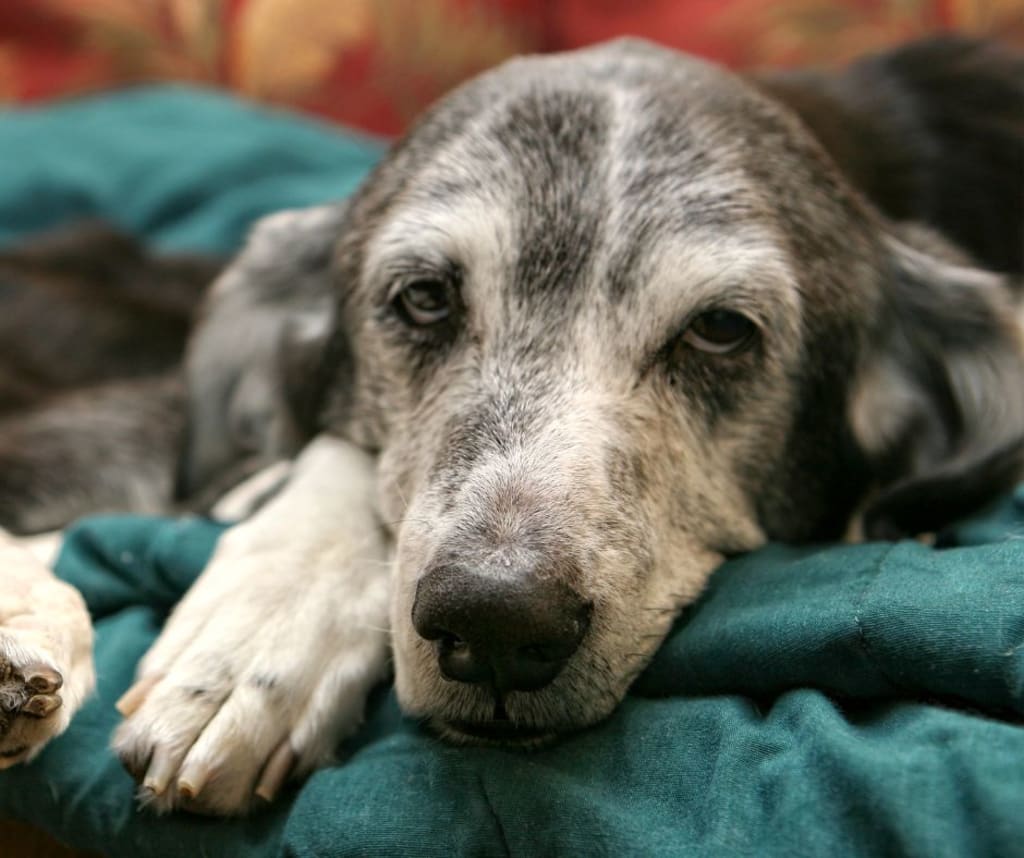
Just like with people, dogs can struggle with the heat. They can overheat and get heatstroke, which can be deadly to them! For this reason, you need to understand what heatstroke is and how you can prevent it. You also need to know the signs that you should look for, as well as what you can do if your dog overheats or you find yourself dealing with a dog with heatstroke.
So, what is heatstroke?
Heatstroke is a condition that dogs get when they are outside in the heat and their bodies can't find a way to cool off. Though they may sweat a little through their paws, there are times when panting isn't enough to cool them down!
Once a dog's body temperature is one hundred and five degrees (or higher), they start to suffer from heatstroke. This can damage their organs and make them sick. Their organs may start to shut down, and it can be fatal!
What are the signs of heatstroke?
I recently wrote an article about overheating in dogs. If you haven't had a chance to read it, you can check it out here.
Basically, here are the signs that you need to keep an eye out for.
- Heavy panting, which can turn into heavy breathing
- Drooling
- Increased heart rate
- Vomiting and diarrhea (with or without blood)
- Disorientation
- Lethargy
- Weakness
- Seizures
- Death
What are some causes of heatstroke?
The simple truth is that there are certain characteristics which make certain dogs more likely to suffer from heatstroke. This can be:
- Age. Younger puppies and older dogs struggle more with the heat than adult dogs.
- Breed. Certain breeds are more likely to suffer from heatstroke. This includes breeds with thick fur, as well as dogs that struggle to breathe on a regular day due to their flat face.
- Being overweight. Overweight dogs are going to struggle with the heat more than dogs that are at a healthy weight.
- Medical conditions. Certain medical conditions, such as heart disease and laryngeal paralysis can make it harder for dogs to deal with the heat.
That being said, any dog can suffer from heatstroke for the following reasons:
- Not having enough water. Dogs can get overheated if they don't have enough water to stay hydrated during hot summer days.
- Spending too much time in the hot sun. Just like us, dogs need time out of the direct sunlight, whether they hang out in the shade or they spend time indoors in the air conditioning.
- Exercising during the hottest part of the day. You may need to stop taking long walks with your dog when the temperature is too hot.
- Leaving a dog in the hot car. Too many dogs get left in a hot car and suffer from overheating due to it!
What is the difference between heat exhaustion and heatstroke?
When a dog first becomes overheated, heat exhaustion can set in. Dogs can be lethargic and weak. They may have vomiting and diarrhea. Their body temperature may be normal at this stage of overheating.
However, if left untreated, it can turn into heatstroke. When this happens, your dog's body temperature can rise. His or her body organs may start to shut down, and your dog may become unconscious and die.
How does your veterinarian diagnose heatstroke?
Heatstroke is often diagnosed by taking a dog's temperature and observing the clinical signs. Your veterinarian will do a physical examination to make sure that your dog is doing alright.
Your veterinarian may also request blood work in order to see how your pet's organs are doing. You want to make sure that the organs haven't been damaged due to heatstroke.
What is the treatment for heatstroke?
The first thing that needs to be done is to get your dog's temperature down. This means getting him or her out of the hot sun. You may want to take him or her in the air conditioning. If you don't have air conditioning, you may want to use a fan to help him or her cool down.
Spraying or wetting your dog may help to cool him or her off. You are going to want to use cool water (not cold) in order to help him or her cool down.
Make sure that you seek veterinary care. Once your veterinarian diagnoses your dog with heatstroke, he or she will come up with a plan to help. He or she may recommend hospitalization, fluids, and medications, depending on your dog's condition.
Heatstroke can be a fatal disease that your dog can get from being outside in the hot sun for too long! Because of this, you need to be careful with your dog (and yourself). Make sure that you and your dog have a way to get out of the hot sun and, during the hottest part of the day, you may want to stay inside in the air conditioning.
If your dog is showing signs of heat exhaustion or heatstroke, you need to get him or her cooled down. You should look for lethargy, vomiting, diarrhea, and even disorientation. However, you don't want to cool him or her off too quickly! Make sure that you seek veterinary care so that your dog has the best chance of living a long and healthy life.
***
Previously published on Medium and/or Newsbreak.
About the Creator
Shelley Wenger
Small town country girl in southern Pennsylvania. Raising two boys on a small farm filled with horses, goats, chickens, rabbits, ducks, dogs, and a cat. Certified veterinary technician and writer at Virtually Shelley.






Comments
There are no comments for this story
Be the first to respond and start the conversation.